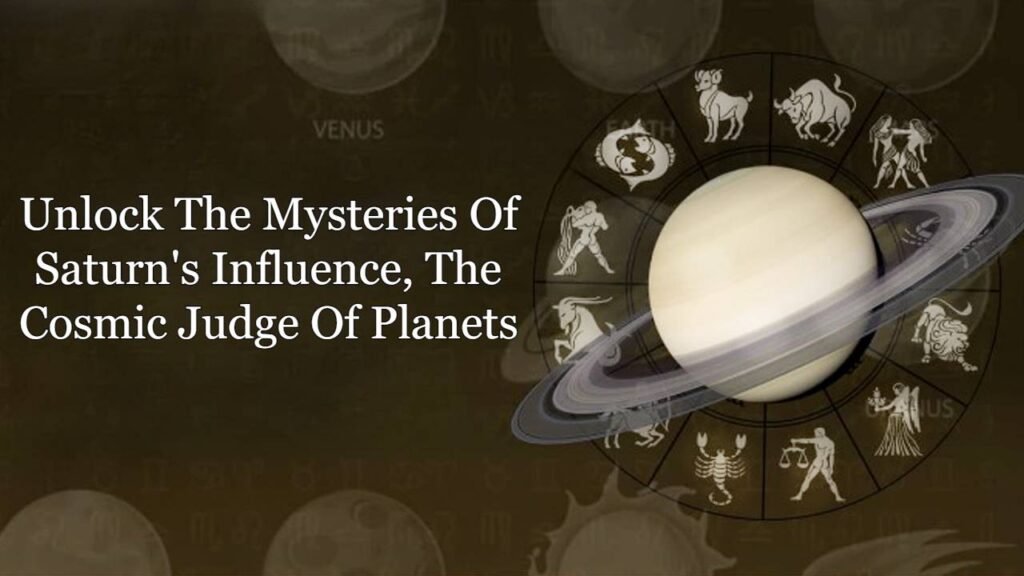In ancient Roman mythology, the god Saturn held a prominent place as a deity associated with various aspects of life and the human experience. Saturn was believed to be the god of time, generation, dissolution, abundance, wealth, agriculture, periodic renewal, and liberation. He was a complex figure, embodying both the ideals of a Golden Age of abundance and peace, as well as the disruptive force of liberation and breaking boundaries.
The Worship of Saturn
Rituals and Sacrifices
The worship of Saturn in ancient Rome involved various rituals and sacrifices. One of the most notable forms of offering to Saturn was the gladiatorial games. These games served as a form of entertainment and spectacle for the people, and were seen as a way to appease Saturn and seek his favor.
In addition to the gladiatorial games, animal sacrifices were also a common form of worship. Bulls, in particular, were considered sacred to Saturn and were often offered as sacrifices by priests and devotees.
Festivals dedicated to Saturn were an integral part of his worship. The most prominent among these was Saturnalia, a week-long celebration characterized by feasting, role reversals, gift-giving, and revelry. Saturnalia served not only as a time to honor Saturn, but also as an occasion to celebrate the harvest and sowing, highlighting Saturn’s association with abundance and agriculture.
Saturnalia: A Celebration of Saturn
Saturnalia, the most significant festival dedicated to Saturn, had its origins as a rural celebration of the harvest. Over time, it evolved into a city-wide festival encompassing various traditions and customs.
Saturnalia typically lasted for approximately seven days, commencing on December 17th and culminating with the Sigillaria on December 23rd. During this period, societal norms were temporarily upended, as masters would serve their slaves, and slaves would become the masters. This reversal of roles symbolized the disruptive power of Saturn and celebrated liberation.
Another significant aspect of Saturnalia was the exchange of gifts. People would give and receive small tokens of appreciation and generosity, fostering a sense of community and goodwill.
Feasting and revelry were central to the festivities. Lavish meals were prepared, copious amounts of wine were consumed, and people engaged in merrymaking throughout the celebration.
The Temple of Saturn
Historical Significance
The Temple of Saturn in ancient Rome held great historical significance. It served as the repository for the state treasury of the Roman Republic and early Roman Empire, making it a crucial location for storing important documents, funds, and valuable items.
In addition to its role as a treasury, the temple also housed the archives of the Roman Republic. These archives contained historical records, laws, and decrees, preserving vital information about the governance of ancient Rome.
Furthermore, the Temple of Saturn played a significant role in the civic life of Rome. It served as a venue for important religious ceremonies and gatherings, as well as a focal point for public events.
Symbolism and Mythological Interpretations
Time and Generation
The association between Saturn and time can be traced back to the Greek Titan Cronus, who was overcome by his son Zeus. In Roman mythology, Saturn inherited Cronus’ association with time and became a symbol of both cycles, generation, and dissolution.
Additionally, Saturn was believed to have ruled during a Golden Age characterized by immense abundance and peace. This association with a utopian past represented Saturn’s role as a symbol of hope and prosperity.
Liberation and Disruption
Saturn’s figure represented a duality of traits, including the power to disrupt social order. His association with liberation and breaking boundaries could be seen in his festivals and rituals, which allowed for temporary reversals of roles and societal norms.
During Saturnalia, the social hierarchies were upended, slaves were temporarily freed from their servitude, and masters became subservient. This celebration of liberation and the temporary disruption of social norms showcased the power of Saturn to break free from societal constraints.
Influence and Legacy
Beyond Rome: The Spread of Saturn’s Cult
The worship of Saturn extended beyond Rome and was influenced by Etruscan and Greek mythology. This syncretism contributed to the complexity and significance of Saturn in Roman religion.
As Rome expanded its empire, the worship of Saturn spread to other parts of the ancient world, leaving an indelible mark on their respective mythologies. This enduring influence and legacy highlight the universal appeal and fascination with the figure of Saturn.
Conclusion
Saturn, the god of time and liberation, held a crucial place in ancient Roman mythology and religion. His complex nature, embodying various aspects of life and human experience, makes him a captivating figure to study and explore.
The worship of Saturn, particularly through festivals like Saturnalia, played an essential role in the social and cultural life of ancient Rome. The Temple of Saturn, with its historical significance and symbolic importance, served as a focal point for both religious and civic activities.
Even today, the figure of Saturn continues to captivate and inspire scholars and individuals interested in mythology and ancient history. Unlocking the secrets of Saturn allows us to deepen our understanding of Roman culture and beliefs, shedding light on the enduring impact of this enigmatic god.
